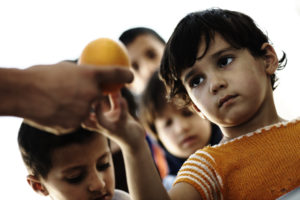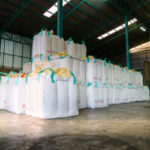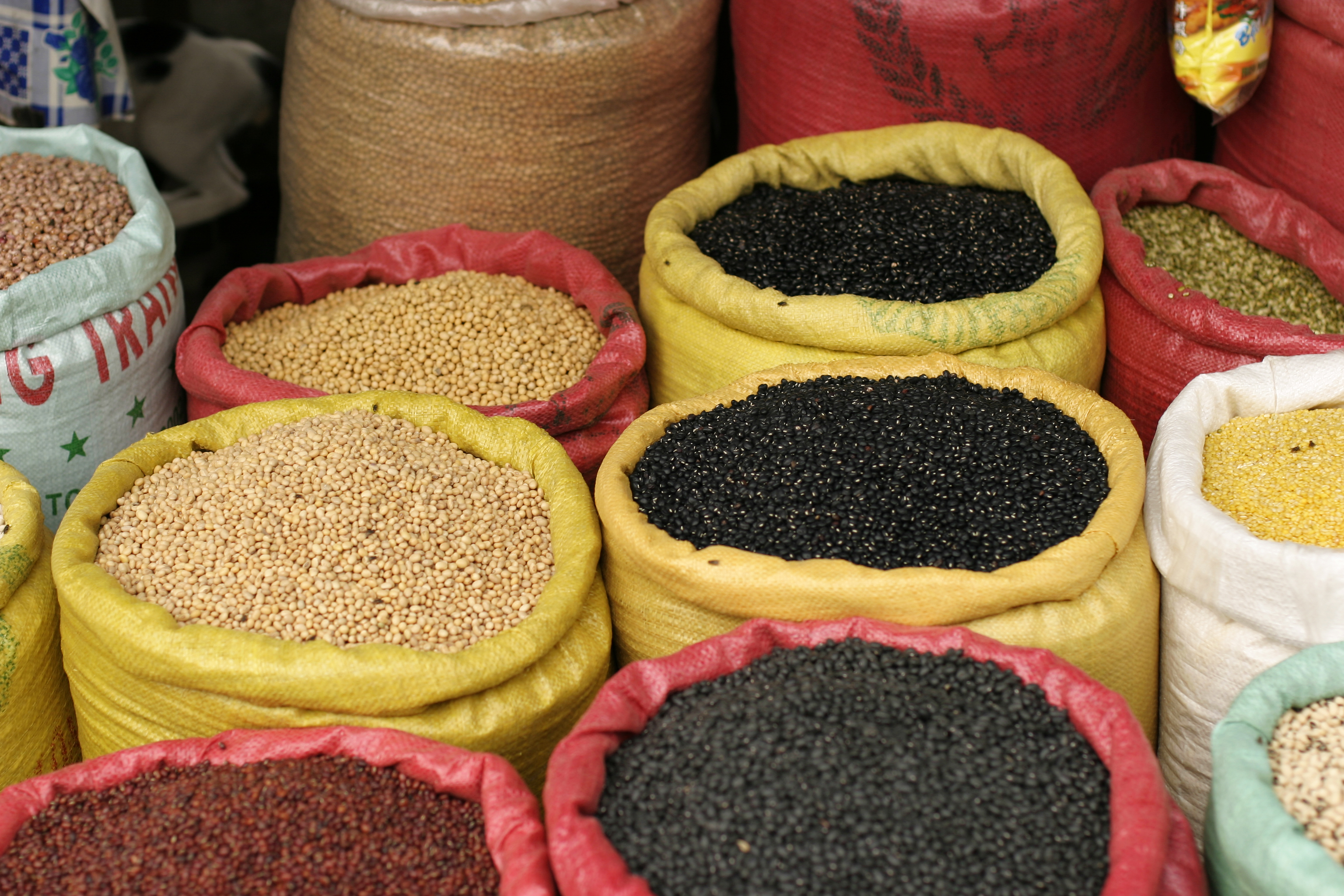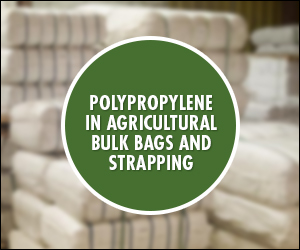World agriculture faces significant challenges as it looks to feed a growing population in the next
 30 years. With the global population expected to reach 9.7 billion by 2050, growers and those in the food provision industry need to identify ways to add over two million mouths to its current demand for nourishment.
30 years. With the global population expected to reach 9.7 billion by 2050, growers and those in the food provision industry need to identify ways to add over two million mouths to its current demand for nourishment.
In addition, the current growth in crops harvested per unit of land moves slower than the projected food demand. Factors of climate change raise global temperature and decrease water supplies which both impact crop yields over the long-term. These factors add pressure to an already tenuous situation.
Some untapped agricultural land potential exists in countries such as Canada, China and Russia. However, other countries like Brazil expect a decrease in crop production in the near future. Whether the existing land compensates for the decrease in crop space depends on innovations in eco-friendly farming, sustainable packaging (such as bulk packaging) and efficient transport methods.
What Does This Mean for Growers?
Evidently, these demands significantly impact growers and the work they do. Innovations in crop production and packaging, storage and transport suggest two areas of focus for farmers. However, keep in mind that the support of businesses along the supply chain, R&D and the government impact the ability of growers to make improvements.
Increased Crop Production
To meet a growing food demand, the obvious answer is to produce more food. However, limited land and other factors make this solution more challenging than might be expected. Growers increase crop production by:
– Expanding agricultural land
– Enhancing productivity
– Adopting new farming methods
Or, all of the above. Whatever methods are chosen, sustainability and ecological concerns as well as social impacts must be incorporated into the decision. The rising incomes expected in developing countries also change the types of foods in demand. For instance, protein sources tend to get higher billing.
Increasing crop production represents a mix of ecological, social, governmental and production considerations. A variety of institutions and people along the food supply chain impact a farmer’s ability to produce more food.
Improved Transport and Storage
Growing demand and limited land raise the need for improved packaging as well as transport and storage options to ensure food gets to the people who need it. Food security methods which protect product integrity prove key.
Growers and packaging companies must strive to:
– Reduce spillage and waste
– Reduce spoilage
– Reduce infestations and contamination
Modern technologies and packaging products help meet this need. Bulk and BOPP bags prove a cost-effective way of storing and transporting agricultural products. Their strength weathers the wear and tear of travel, resists contamination and bears heavy loads. Furthermore, UV light resistance protects products from damage. These qualities accomplish all of the above goals.
BOPP bags and other bulk packaging products improve the storage of goods by protecting product integrity. Extended shelf life and stability when stacked on shelves delivers safety and freshness to the consumer’s table. As the global demand grows, the importance of these features grows as well.
What are the Ecological Considerations?
Encouraging innovation in both productivity and transport and storage raises solutions. But, there is not one cure-all answer. It is multi-faceted. Uniting growers, businesses and governments around this mission is vital to puzzling the pieces together to feed our growing world.
Avoiding deforestation which negatively impacts biodiversity must be accomplished. These losses contribute to global warming and thereby, further challenge agricultural production. Unfortunately, the original goal is to improve crop production.
Sustainable intensification allows farmers to use current land in innovative ways. Precision farming tools help produce more crops with greater yields on existing farm land. These methods also reduce groundwater depletion and land overuse.
Can We Feed Ourselves in 2015?
Decreased spending on R&D in developing countries over the last 30 years offers a challenge. Limited funding and government regulations place further pressures on rural farmers. These factors do not help the cause.
However, if global policy makers, business owners, growers and consumers place a higher priority on global food balance, food security just may improve. Investing in innovative crop production, sustainable packaging, and improved bulk transport and storage materials benefits everyone along the food supply chain.
The Food and Agriculture Organization of the United Nations (FAO) states cautious optimism over the world’s ability to feed itself by 2050. Innovations in crop production and yield, land use, water conservation, food transport and storage, and more come into play when tackling this challenge. Socioeconomic factors and natural resource constraints impact the problem as well.
The FAO calls for stronger interventions. They quote the need for faster progress and higher percentages of investments to support growers and produce greater crop yields. But, they warn against buying into the fear of yield plateaux and inadequate supply to meet the demand. According to FAO, “if the appropriate socio-economic incentives are in place, there are still ample ‘bridgeable’ gaps in yield.” The bottom line? Working together is the best course of action.
Thank you for reading our blog! How can we help you? Contact us today.





Sorry, the comment form is closed at this time.